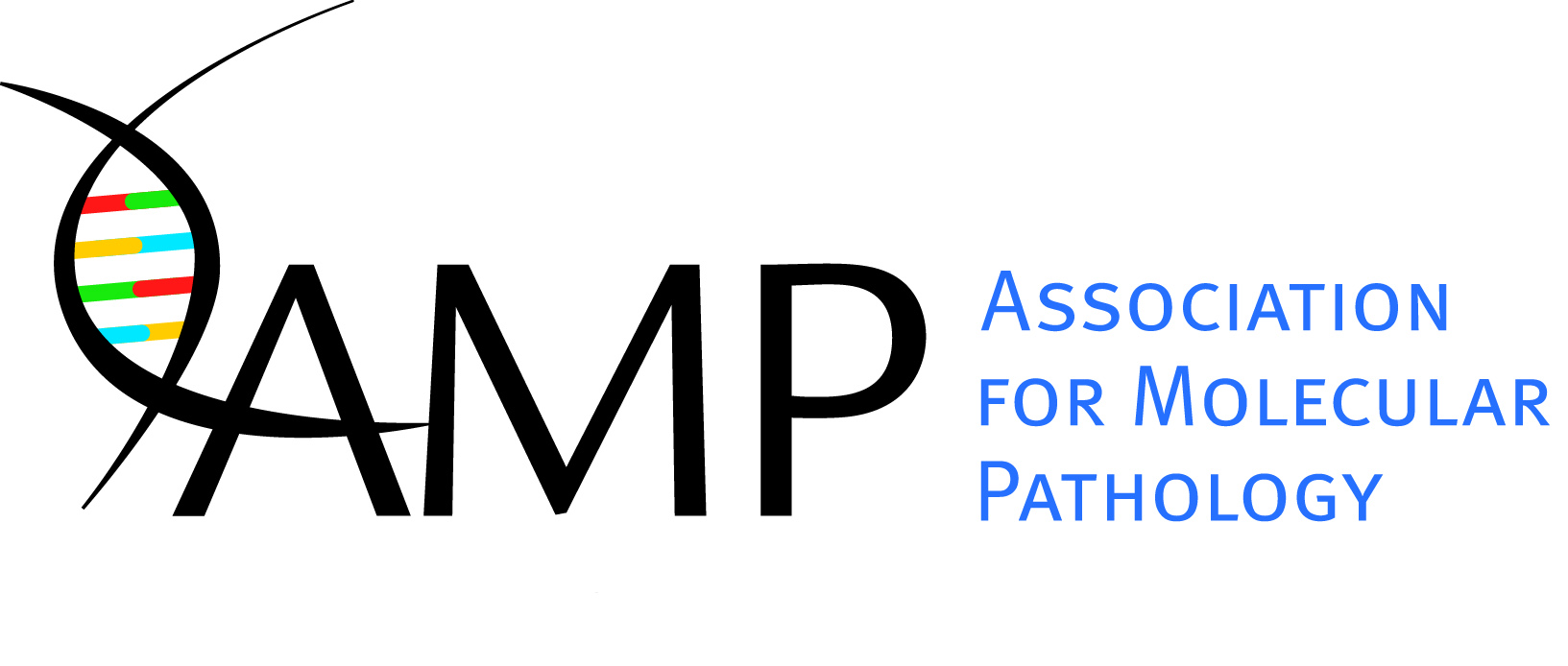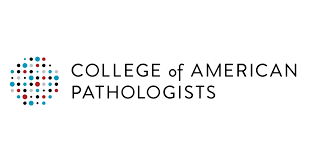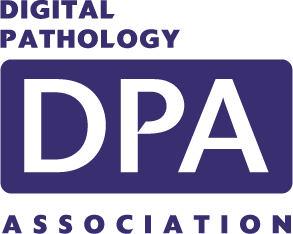Non-Profit Organizations
The Association for Pathology Informatics gratefully acknowledges the financial support given by Non-Profit Sponsors.
 |
The Association for Molecular Pathology (AMP) was founded in 1995 to provide structure and leadership to the emerging field of molecular diagnostics. AMP's 2,500+ members include individuals from academic and community medical centers, government, and industry; including pathologist and doctoral scientist laboratory directors; basic and translational scientists; technologists; and trainees. Through the efforts of its Board of Directors, Committees, Working Groups, and members, AMP is the primary resource for expertise, education, and collaboration in one of the fastest growing fields in healthcare. AMP members influence policy and regulation on the national and international levels, ultimately serving to advance innovation in the field and protect patient access to high quality, appropriate testing.
|
 |
The College of American Pathologists (CAP), the leading organization of board-certified pathologists, serves patients, pathologists, and the public by fostering and advocating excellence in the practice of pathology and laboratory medicine worldwide.
|
 |
The DPA is a nonprofit organization comprised of pathologists, scientists, technologists and industry representatives dedicated to advancing the field of digital pathology. The organizations mission is to facilitate awareness, education and adoption of digital pathology and AI applications in healthcare and life sciences. Members are encouraged to share best practices and promote the use of the technology among colleagues in order to demonstrate efficiencies, share knowledge and its ultimate benefits to patient care.
|
|